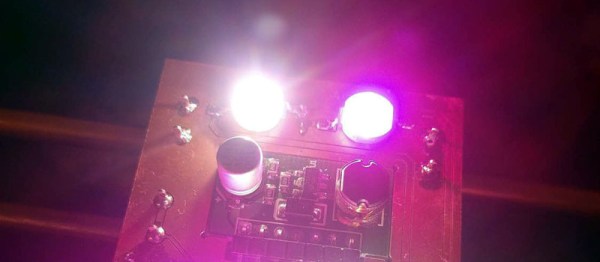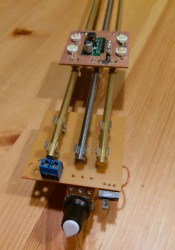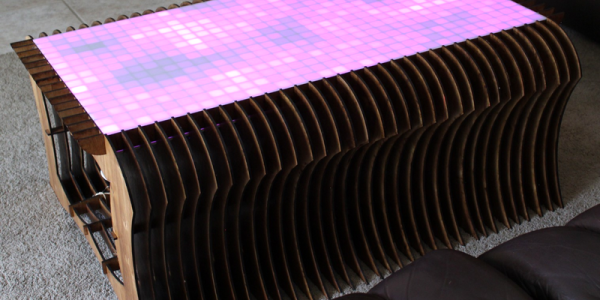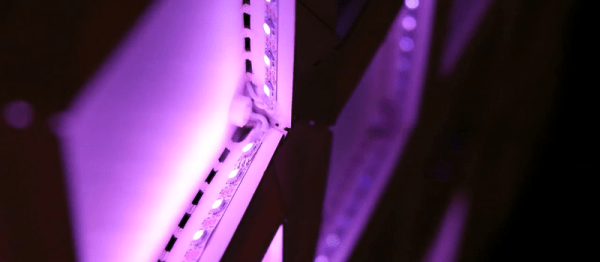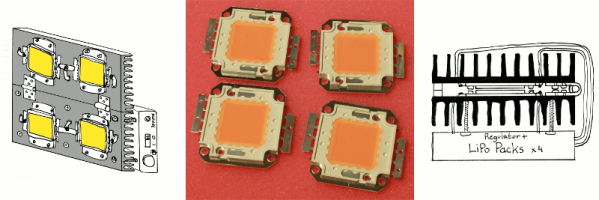We have all at some point have made a flashlight. It used to be a staple of childhood electronics, the screw-in bulb in a holder, and a cycle lamp battery. If you were a particularly accomplished youthful hacker you might even have fitted a proper switch, otherwise, you probably made do with a bent paperclip and a drawing pin.
So you might think that flashlights offer no challenges, after all, how many ways can you connect a bulb or an LED to a battery? [Peter Fröhlich] though has a project that should put those thoughts out of your mind. It uses a power LED driven by a TI TPS61165 boost driver, with an ATTiny44 microcontroller providing control, battery sensing, and button interface. The result is a dimmable flashlight in a 3D printed case housing both control circuitry and a single 18650 cell which he sourced from a dead laptop. Suddenly that bent paperclip doesn’t cut it anymore.
The result is a flashlight that is the equal of any commercial offering, and quite possibly better than most of them. You can build one yourself, given that he’s published the physical files necessary, but probably because this is a work in progress there are as yet no software files.
We’ve featured a lot of flashlights over the years, but it’s fair to say they usually tend towards the more powerful. Back in 2015 we published a round-up of flashlight projects if it’s a subject that captures your interest.



